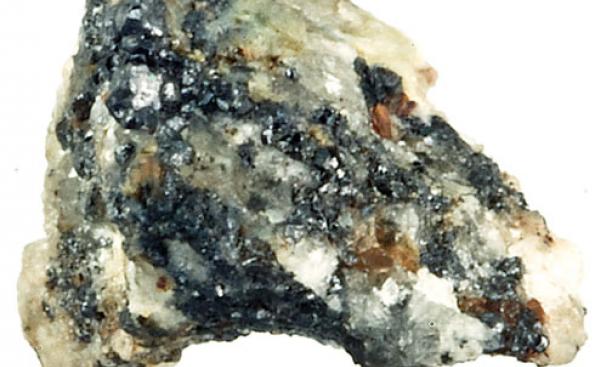

Discovering an extraterrestrial A rare mineral — the world’s only known sample of a naturally occurring quasicrystal — was identified by an international team of researchers led by Princeton scientists. The mineral is thought to be 4.5 billion years old, perhaps older than the Earth itself, and likely traveled to Earth on a meteorite. The rock, which was discovered in the remote Koryak Mountains of Russia, was identified by a team, led by physics professor Paul Steinhardt, among a collection of 10,000 minerals that had been acquired by a museum in Italy. The results of the project were published online Jan. 3 in the Proceedings of the National Academy of Sciences.
Tracking disease from above It is difficult to track the movements of migratory workers in developing nations, complicating efforts to carry out large-scale vaccinations against measles and other diseases. But new research, published Dec. 9 in the journal Science, has found that using satellite images of nighttime lights can help track disease by revealing the population boom that typically coincides with seasonal epidemics. Unlike existing surveys and census data, satellite images were able to provide frequent measures of population density throughout each season and over many years in Niger, the subject of the research, according to lead author Nita Bharti, a postdoctoral researcher in ecology and evolutionary biology.
